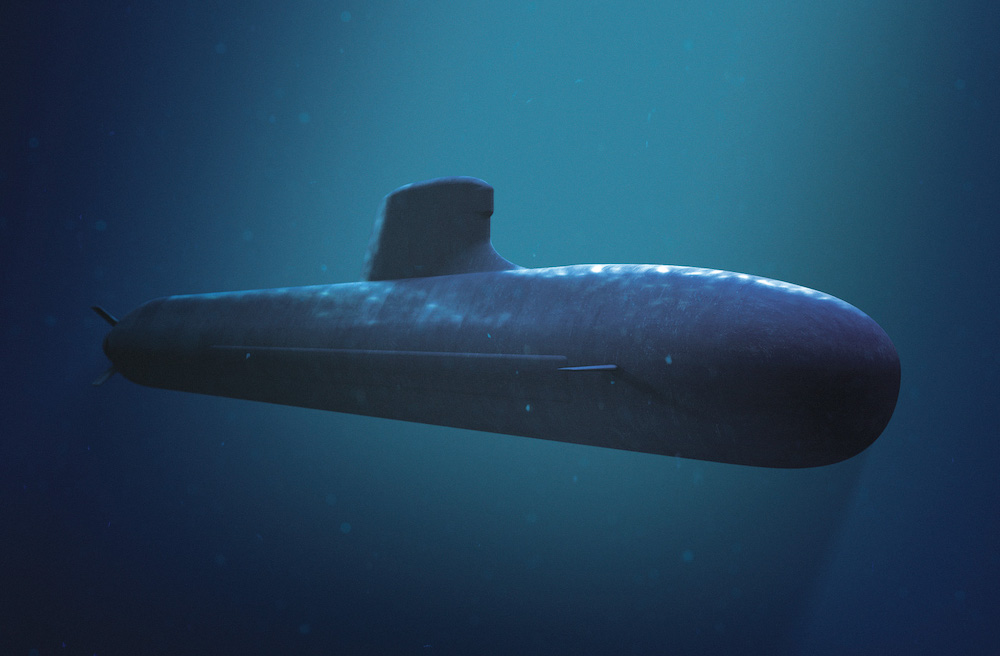By Pierre Tran
Paris – Naval Group has appointed Lilian Braylé as executive vice-president to run the Australian program to build 12 ocean-going Attack class submarines, the French shipbuilder said May 11.
“Lilian Brayle will join Naval Group on 31 May as executive vice-president for the Australian Future Submarine Program,” the company said in a statement.
Braylé, as head of program, will manage teams in France and Australia with the stated objective of being able to deliver the program on time and on budget, while drawing on the Australian supply chain and spending at least 60 percent of contract value in Australia, NG said.
Braylé will be supported by John Davis, chief executive and deputy head of the program and David Peever, chairman of Naval Group Australia, NG said. Braylé will sit on the Naval Group executive committee.
Brayle has worked in France and Australia, and holds dual nationality. His previous employer was Nexter, a land weapons manufacturer, where he was head of support and customer services, the company said.
Previously, Brayle worked on the Airbus A400M military airlifter program, as head of service support, and before that he worked at ATR, the Franco-Italian regional turboprop aircraft manufacturer.
Brayle was in Sydney between 2002 and 2008, working for the Australian unit of Safran, a French supplier of aero-engines and equipment, the company said.
His studies include the management school at the university of New South Wales, engineering school INSA in Toulouse, southwest France, and mechanical engineering at Sheffield university in the UK.
The previous program director on the Attack submarine, Jean-Michel Billig, moved to other duties, NG executive chairman Pierre Eric Pommellet told journalists March 30.
NG would meet the requirement for at least 60 percent of local content by the end of the submarine program, Pommellet said.
The company is in negotiations for the contract for basic design, which is expected to last two to three years, followed by detailed design, and then manufacture.
Meanwhile, UK daily The Times reported May 11 from Australia that vice-admiral Jonathan Mead of the Australian navy was conducting an internal inquiry on the A$90 billion ($71 billion) submarine program.
The inquiry was taking place amidst delays in the program and at a time of heightened tension between Australia and China, the report said.
Mead has warned the Attack boats “may arrive too late to pose any deterrent to Chinese aggression,” the report said, adding that Chinese president Xi Jinping has pledged to take control of Taiwan by 2050.
China would take “retaliatory” measures, including long range strikes, if Australia defended Taiwan, Chinese newspaper Global Times has reported, The Times reported from Sydney.
Meanwhile, Australia announced its budget, which expects a 2021-2022 deficit of A$106.6 billion, which is A$53 billion less than forecast in the previous budget, UK daily The Guardian reported from Australia. Higher than expected rises in iron ore prices and a quicker and stronger than expected recovery in the economy underpinned that reduced forecast deficit.
Net debt was forecast to peak in mid-2025 at A$980 billion, or 40.9 percent of gross domestic product, the report said.


